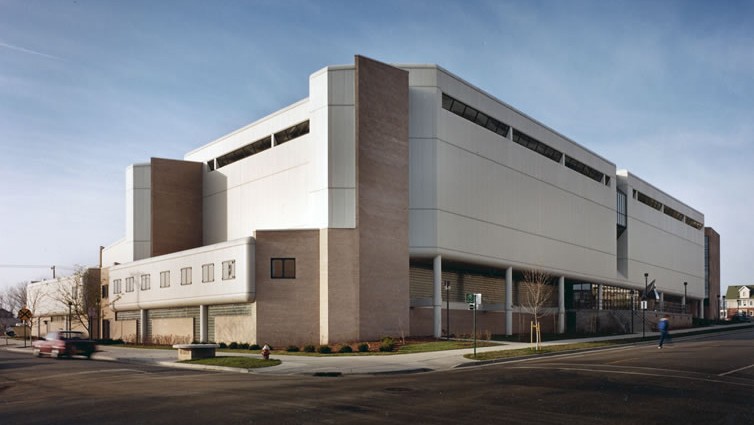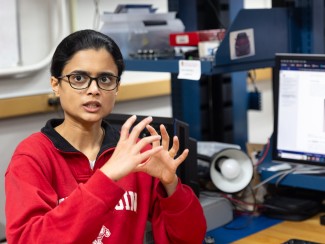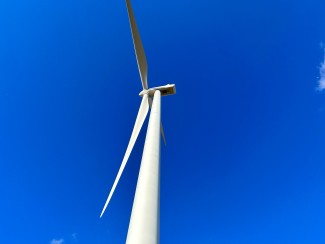
The University of Wisconsin–Madison Division of Recreational Sports is taking strides toward a greener fitness environment at the Southeast Recreational Facility (SERF). The SERF is now home to the SportsArt “Green System,” a group of six fitness machines that harvest human-generated power.
Assistant Director of Fitness/Wellness Lori Devine masterminded the green change. Devine wanted to find ways for the SERF to operate more sustainably while contributing to campus-wide conservation efforts. With half of the funding coming from the UW–Madison Office of Sustainability, Devine and the SERF welcomed the Green System into their facilities in September.
“We wanted to do this not for cost, but to help build interest and build awareness and build good will,” Devine said. “We’re doing what we can within the fitness industry to be more sustainable.”
With the addition of the Green System (two elliptical machines, two recumbent stationary bikes and two upright stationary bikes), the SERF is adding to its already environmentally friendly facility.
Currently, much of the SERF’s equipment doesn’t actually use any of the building’s electricity. The elliptical machines and stationary bikes possess motors that don’t require a constant, plugged-in electrical flow. For this reason, they are energy independent and utilize only what is generated by human activity.
We’re doing what we can within the fitness industry to be more sustainable.
Lori Devine
The difference between these self-generative machines and the new Green System from SportsArt is what happens when users are done.
After use, much of the energy produced on the self-generative equipment goes to waste. They have no means to store the excess energy. The Green System, though, is a much different story.
Like the current equipment, human motion is what keeps the machines on and tracking users’ progress. But, as users’ hard-at-work legs pedal toward fitness, up to 75 percent of the energy produced is fed into a small boost converter box that sits in the front of each machine. The booster boxes convert the human energy into electricity and send it to the inverter, which is hardwired into the facility’s electrical grid. The captured electricity can be used elsewhere to offset some of the building’s energy needs.
According to SportsArt, the Green System as a whole can generate up to 2,000 watts of power in just one hour. With that hour, it can power a laptop for 40 hours, a microwave for 2.5 hours or a stereo for 8.5 hours.
UW-Madison undergraduate student Erika Nickels is one of many who use the SERF. Her environmentally conscious attitude is what inspires her to use the Green System equipment.
“I like that I'm exercising and generating power at the same time. Makes me feel like I'm making a difference even though it will be small,” Nickels said.
Nickels’ use of the equipment is exactly what SportsArt had in mind when creating its innovative eco-friendly equipment beginning in 2007.
“We all need to be better as far as how we leave this earth,” said SportsArt National Accounts Manager Ken Hanks. “Why not buy something that’s sustainable and that’s the right thing to do. It can also save on your electrical bill, so it’s a win-win.”
In the future, Devine would love to implement an entire room of Green System equipment at the SERF. She and the rest of the SERF staff are constantly looking for ways to make the 30-year-old facility more sustainable. They have already implemented many other earth-friendly products.
For example, carpet in the cardio room is made from recycled 16-ounce water bottles. With a patchwork-like design, the 24-inch by 24-inch carpet tiles are made for easy replacement should damage occur in the future. Additionally, 95 percent of the flooring in the weight room is made from recycled materials diverted from landfills.
Devine hopes to spread the word about holding competitions on the Green System equipment to amplify energy production even further.





